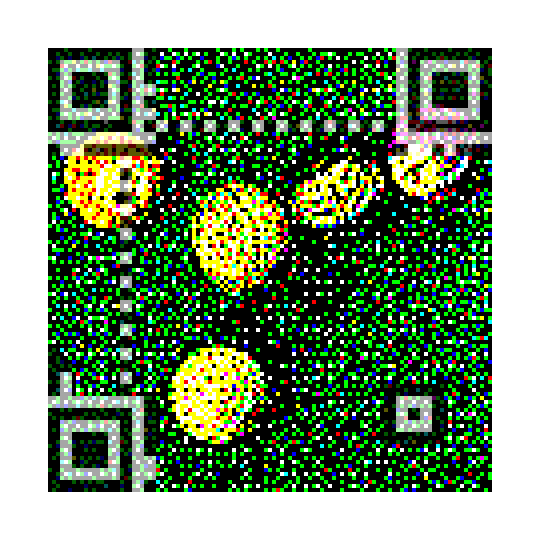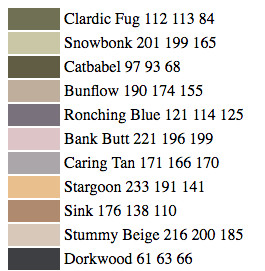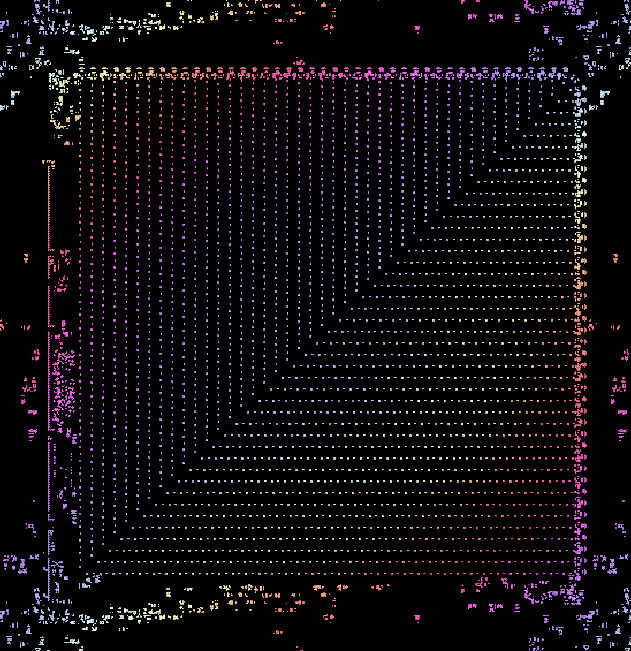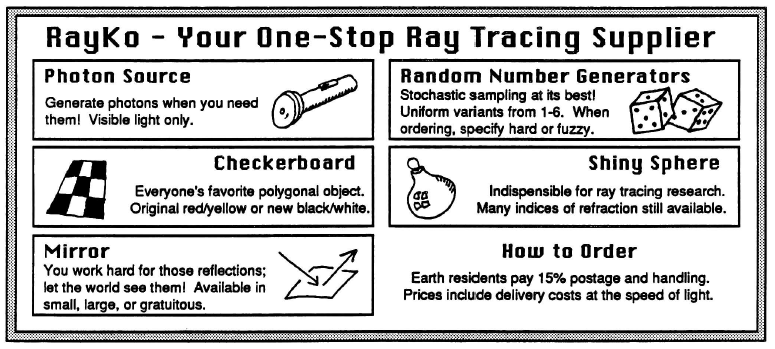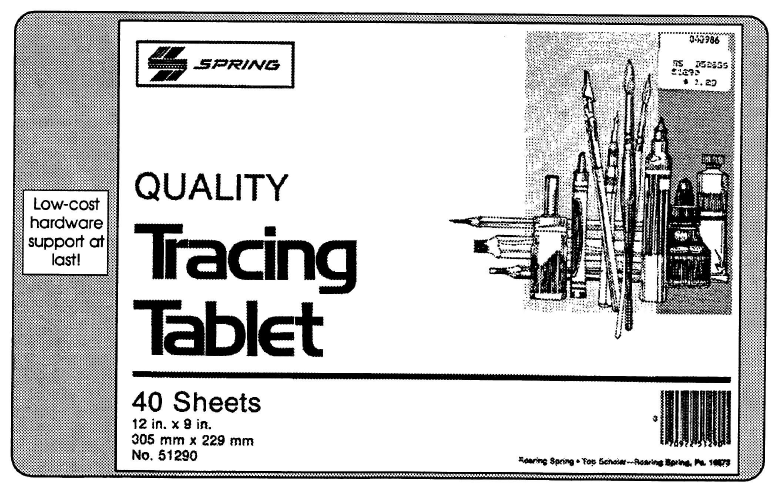I just finished the book Euler’s Gem. Chapter 7 starts off with this astounding statement:
On November 14, 1750, the newspaper headlines should have read “Mathematician discovers edge of polyhedron!”
On that day Euler wrote from Berlin to his friend Christian Goldbach in St. Petersburg. In a phrase seemingly devoid of interesting mathematics, Euler described “the junctures where two faces come together along their sides, which, for lack of an accepted term, I call ‘edges.'”
The book uses as a focus Euler’s polyhedron formula, V-E+F = 2. I agree with the author that this thing should be taught in grade schools, it’s so simple and beautiful and visual. I also agree that it’s amazing the ancient Greeks or anyone before Euler didn’t figure this out (well, maybe Descartes did – read the book, p. 84, or see here).
He continues some pages later:
Amazingly, until he gave them a name, no one had explicitly referred to the edges of a polyhedron. Euler, writing in Latin, used the word acies to mean edge. In “everyday Latin” acies is use for the sharp edge of a weapon, a beam of light, or an army lined up for battle. Giving a name to this obvious feature may seem to be a trivial point, but it is not. It was a crucial recognition that the 1-dimensional edge of a polyhedron is an essential concept.
Even though Euler came up with the formula (though was not able to prove it – that came later), the next mind-blowing thing was reading that he didn’t call vertices vertices, but rather:
Euler referred to a vertex of a polyhedron as an angulus solidus, or solid angle.
In 1794 – 44 years after edges – the mathematician Legendre renamed them:
We often use the word angle, in common discourse, to designate the point situated at its vertex; this expression is faulty. It would be more clear and more exact to denote by a particular name, as that of vertices, the points situated at the vertices of the angles of a polygon, or of a polyhedron.
Me, I found this passage a little confusing and circular, “the points at the vertices of the angles of a polygon.” Sounds like “vertices” existed as a term before then? Anyway, the word wasn’t applied as a name for these points until then. If someone has access to an Oxford English Dictionary, speak up!
Addendum: Erik Demaine kindly sent on the OED’s “vertex” entry. It appears “vertex” (Latin for “whirl,” related to “vortex”) was first used for geometry back in 1570 by J. Dee in H. Billingsley’s translation of Euclid’s Elements Geom. “From the vertex, to the Circumference of the base of the Cone.” From this and the other three entries through 1672, “vertex” seems to get used as meaning the tip of a pyramid. (This is further backed up by this entry in Entymonline). In 1715 the term is then used in “Two half Parabolas’s [sic] whose Vertex’s are C c.” Not sure what that means – parabolas have vertices? Maybe he means the foci? (Update: David Richeson, author of Euler’s Gem, and Ari Blenkhorn both wrote and noted the “vertex of a parabola” is the point where the parabola intersects its axis of symmetry. David also was a good sport about my comments later in this post, noting his mother didn’t finish it. Ari says in class she illustrates how you get each of the conic sections from a cone by slicing up ice-cream cones, dipping the cut edges in chocolate syrup, and using them to print the shapes. Me, I learned a new term, “latus rectum” – literally, “right side.”)
It’s not until 1840 that D. Lardner says “These lines are called the side of the angle, and the point C where the sides unite, is called its vertex.” So, I think I buy Euler’s Gem‘s explanation: Euler called the corners of a polyhedron “solid angles” and Legendre renamed them to a term already used for points in other contexts, “vertices.” OK, I think we’ve beat that to death…
So, that’s it: “edges” will be 272 years old as of next Monday (let’s have a party), and “vertices” as we know them are only 228 years old.
By the way, I thought the book Euler’s Gem was pretty good. Lots of math history and some nice proofs along the way. The proofs sometime (for me) need a bit of pencil and paper to fully understand, which I appreciate – they’re not utterly dumbed down. However, I found I lost my mojo around chapter 17 of 23. The author tries to quickly bring the reader up to the present day about modern topology. More and more terms and concepts are introduced and quickly became word salad for me. But I hope I go back to these last chapters someday, with notebook and pencil in hand – they look rewarding. Or if there’s another topology book that’s readable by non-mathematicians, let me know. I’ve already read The Shape of Space, though the first edition, decades ago, so maybe I should (re-)read the newest edition.
On the strength of the author’s writing I bought his new book, Tales of Impossibility, which I plan to start soon. I found out about Euler’s Gems through a book by another author, called Shape. Also pretty good, more a collection of articles that in some way relate to geometry. His earlier book, a NY Times bestseller, is also a fairly nice collection of math-related articles. I’d give them each 4 out of 5 stars – a few uneven bits, but definitely worth my while. They’re no Humble Pi, which is nothing deep but I just love; all these books have something to offer.
Oh, and while I’m here, if you did read and like Humble Pi, or even if you didn’t, my summer walking-around-town podcast of choice was A Podcast of Unnecessary Detail, where Matt Parker is a third of the team. Silly stuff, maybe educational. I hope they make more soon.
Bonus test: if you feel like you’re on top of Euler’s polyhedral formula, go check out question one (from a 2003 lecture, “Subtle Tools“), and you might enjoy the rest of the test, too.
Oh, and the 272nd birthday of the term “edge” was celebrated with this virtual cake.
